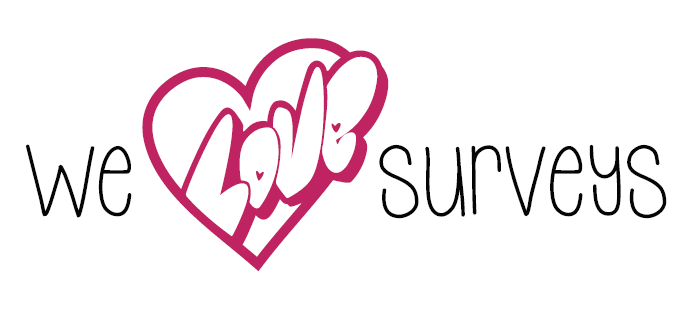Way back in 2019, we predicted that 2020 would be the year that employees would be heard. In our defence, we couldn’t predict a pandemic and, in a lot of ways, we weren’t actually wrong. The changes that occurred last year have caused many businesses to address the way they interact with their employees and reassess their existing strategies.
2021 is the year of action.
What is employee engagement?
Employee engagement means different things to different people, and to different businesses. But, generally speaking, it’s a catch-all term for the methods that businesses use to connect their staff to their business. It’s about going above and beyond the daily grind to create a meaningful relationship between employer and employee.
The Chartered Institute of Personnel and Development (CIPD) notes that mutual gain should be at the heart of employee engagement. A relationship that allows a positive experience for both parties will result in a better, overall, outcome.
“Employees who believe that management is concerned about them as a whole person – not just an employee – are more productive, more satisfied, more fulfilled. Satisfied employees mean satisfied customers, which leads to profitability.”
– Anne Mulcahy (former chairperson and CEO of Xerox Corporation)
How do I know if my employees are engaged?
In 2019, research by Gallup found that in the UK, around only one in 10 workers were engaged at work and a further two in 10 were actively disengaged. These statistics sound extreme, but what do they actually mean?
An employee who is engaged with their role will show the positive attributes you might hope for. From increased productivity to the ability to motivate others, an engaged employee will be an asset to your company.
Somebody who seeks new development opportunities communicates openly and shows a genuine interest in the business and its products/services is an example of a worker who is engaged in the role.
On the other hand, it’s also important to be able to identify those who aren’t engaged. According to Forbes, an employee who is actively disengaged can be identified by:
Withdrawal from non-essential activities and low productivity levels
Poor communication during and after meetings
Changes in routine and habits
Lack of commitment and idea generation
High, or unusual, levels of absenteeism
Complacency and poor work quality
What employee engagement isn’t...
Employee engagement is such a broad term that it can leave people confused about what’s true and what isn’t. The important thing to note is that employee engagement isn’t just one thing – rather, it’s a combination of factors.
For example, while satisfaction, happiness and motivation are all contributing factors to employee engagement, they cannot be used as sole measurements. An employee could be satisfied with their levels of pay without being enthusiastic about their work, or happy with the low workload without having any passion.
If you want to know more on what employee engagement isn’t, you can read our myth-busting blog
What’s the difference between employee engagement and employee experience?
Employee experience does what it says on the tin – it's the encounters they have with the business they work for. This could be positive, negative or neutral.
The employee experience begins at the first stages of recruitment and covers every touchpoint up to their departure from the business. Engagement is a part of that overall experience.
“Engaging customers and employees is about understanding – and delivering on – their needs
and expectations.”
– Gavyn McLeod, Igloo Software
Examples of employee engagement
In a previous blog, we’ve looked at the Virgin Group and the way their organisation is designed to focus on employees first, with the belief that, in turn, they will look after the customers.
Here’s a look at some more examples of fantastic employee engagement.
Southwest Airlines
Culture is at the heart of Southwest Airlines. With a whole department dedicated to culture, their focus is always on their company values.
Co-founder Herb Kelleher explains why focusing on employees is the best way to please everyone: “If the employees come first, then they’re happy... a motivated employee treats the customer well. The customer is happy, so they keep coming back, which pleases the shareholders.”
Their strategy has returned some impressive results. In 2018, Southwest Airlines had:
4% voluntary turnover
44 consecutive years of profitability
#1 lowest number of customer complaints
85% employees say they’re proud to work for Southwest
L’Oréal
L’Oréal’s employee engagement strategy begins at onboarding, with the world’s-first employee onboarding app launched in 2017. The app, ‘Fit’, is available to their 10,000 yearly hires and aims to help new recruits navigate the company culture from day one.
It’s not all work either, as the app features fun games and challenges to accompany the standard company information.
While an app is not a realistic opportunity for every business, alternatives such as welcome packs can do the same job on a smaller scale.
Glassdoor
Glassdoor’s business is focused on employee engagement, with their platform designed to allow staff to anonymously review their employer in a public forum. Their mission is “to help people everywhere find a job and company they love” through transparency, innovation, people and grit.
When it comes to their own business, they don’t leave engagement at the (glass) door. Sorry, couldn’t resist that joke! Their own strategies for employee engagement mean they certainly practice what they preach by encouraging transparency and ownership.


